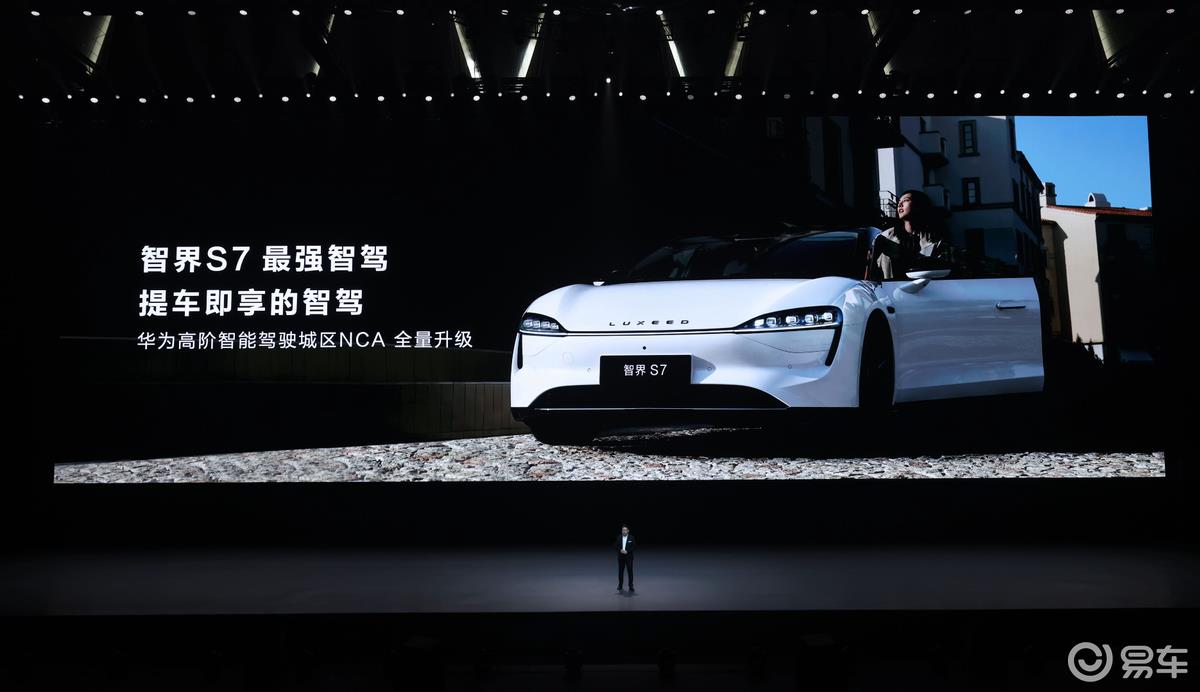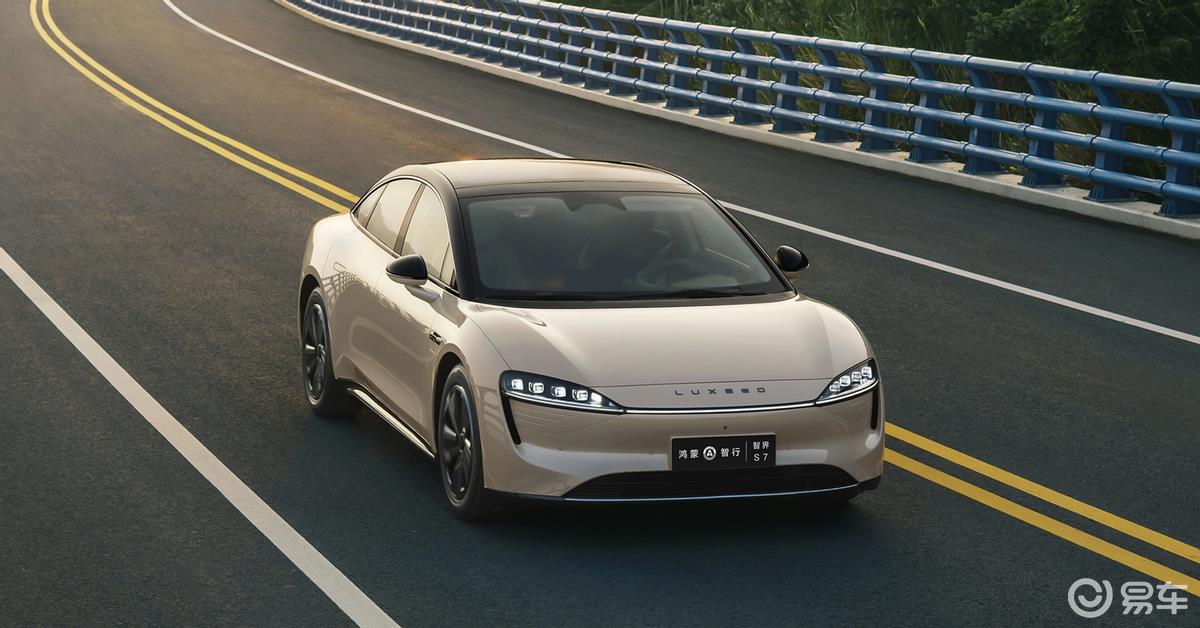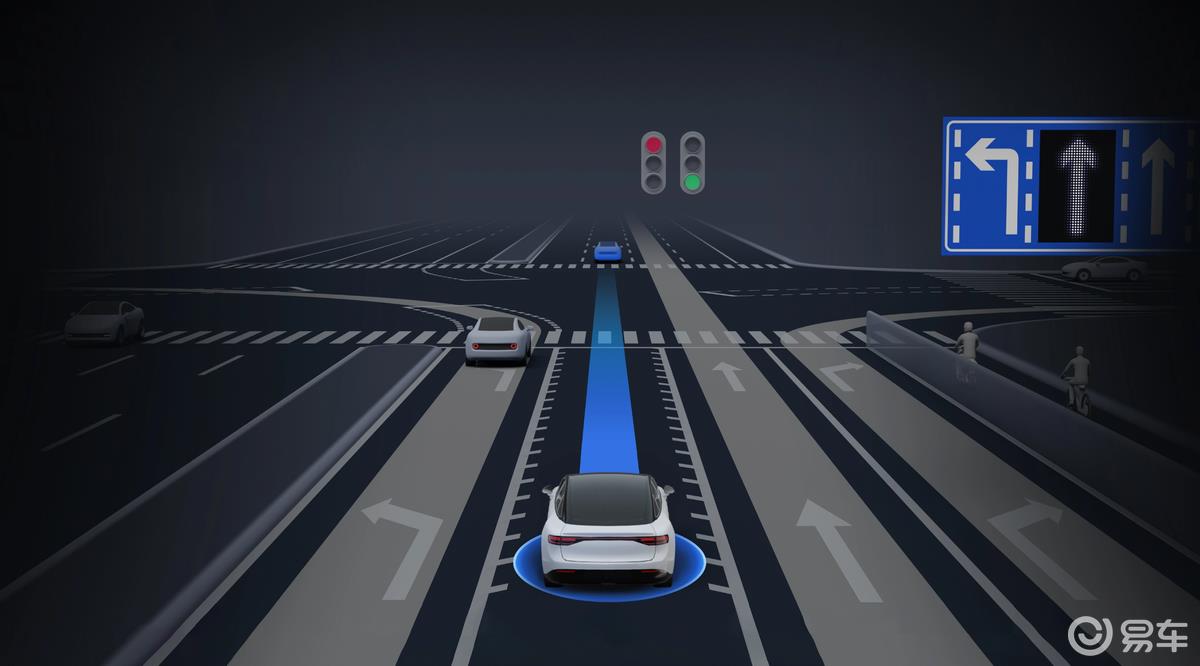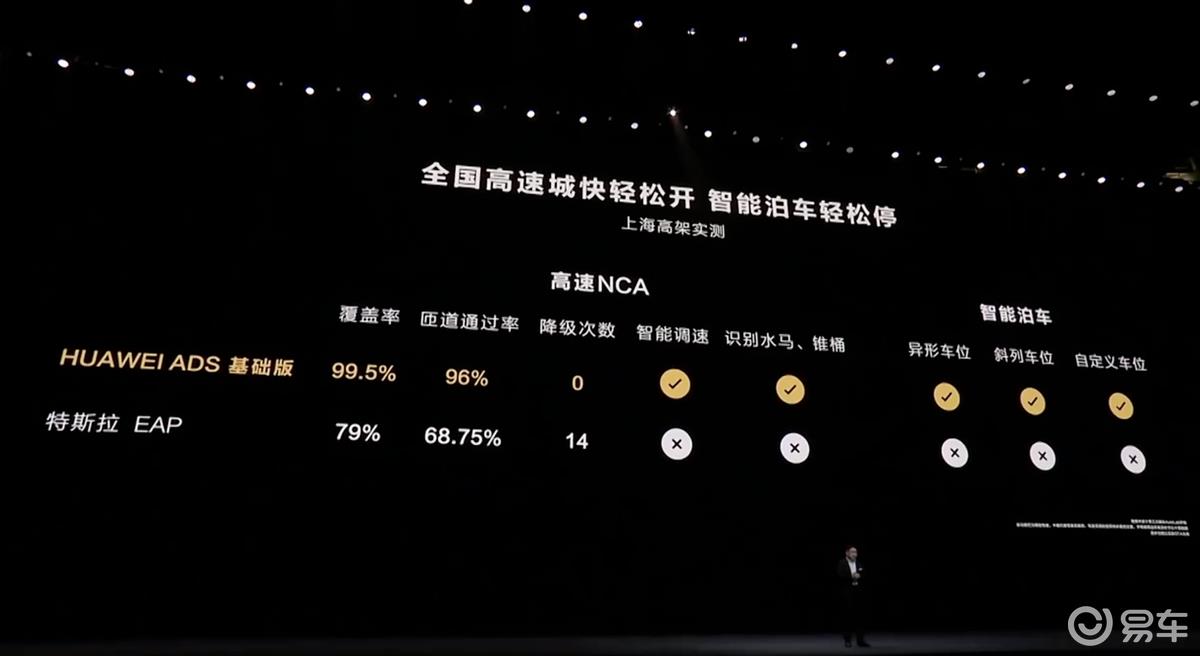As we expected before, Huawei will never sit idly by in the face of the limelight.
At the HarmonyOS Ecological Spring Communication Meeting held on April 11th, Yu Chengdong took out the products that had not been listed for a long time before and "listed" them again.
However, don’t think this is "fried cold rice", because this time, Yu Chengdong has made a big move again.

This is Huawei’sVisual intelligent driving scheme.
When it comes to visual driving, you may think of Tesla for the first time. After all, Tesla was the first enterprise to do smart driving development along this technical route.
Different from the current mainstream high-order intelligent driving scheme, this technical route can not rely on lidar. Only millimeter-wave radar and high-definition camera are used to achieve high-level automatic driving assistance.

The advantage of this technical route is that the cost of bicycle parts can be greatly reduced. Although the BOM cost of lidar has been declining in recent years, in order to play the role of sensing hardware, it needs a high computing power chip, and the overall cost is still high.
Yu Chengdong has said many times before that the high-order ADS scheme with laser radar in HarmonyOS will lose money if the price is below 300,000 yuan.
However, the visual scheme also has its own disadvantages. First, in some extreme scenes (such as heavy rain and fog, strong backlight), recognition may be wrong. Second, if we want to deal with the complex road conditions like downtown areas, we also need a very large amount of code and computing power to support it without relying on the pure vision scheme of laser radar.
In this regard, Tesla’s solution is to borrow the end-to-end AI big model to replace the traditional perception, description, prediction, planning and other modules, and hand over the driving decision to AI neural network. However, the highest level of FSD has not been able to land, and the strength of castrated EAP is almost interesting, so the recognition of this technical route in the domestic market is relatively low.

So how did Huawei do it?
At this conference, the entry-level Pro model of Zhijie S7 showed Huawei’s thinking on visual solutions.
In hardware, Zhijie S7 Pro version uses 10 lateral and forward-backward sensing cameras, plus 3 millimeter-wave radars and 12 ultrasonic radars for fusion. The software part uses GOD general obstacle detection network and RCR road topology inference network. Functionally, it does not rely on high-precision maps to achieve high-speed navigation that can be opened all over the country.
In terms of hardware configuration, the perceived hardware gap between Pro version and MAX is only lidar. However, in terms of intelligence, the PRO version should be 48T, and the MAX version should be 200T.
According to the media measurement, the effect of this scheme is still quite OK. Whether it is high-speed NCA or APA parking, the strength can "hang" Tesla’s EAP. Even compared with Huawei’s advanced intelligent driving system, the performance of this pure vision scheme can also maintain the strength of the first echelon in various high-speed navigation systems.

Considering the lower hardware cost of this scheme, if it is further popularized, the lethality will still be very terrible.
Kung fu is angry
In the face of the "second half" of the smart electricity revolution, Huawei once again showed us the strength of its "arsenal".
Although the visual intelligent driving scheme released this time is ostensibly a "replacement" of Huawei’s high-end ADS. However, if the technology is further mature, it is not excluded that Huawei’s smart driving will gradually turn to a purely visual solution.
关于作者